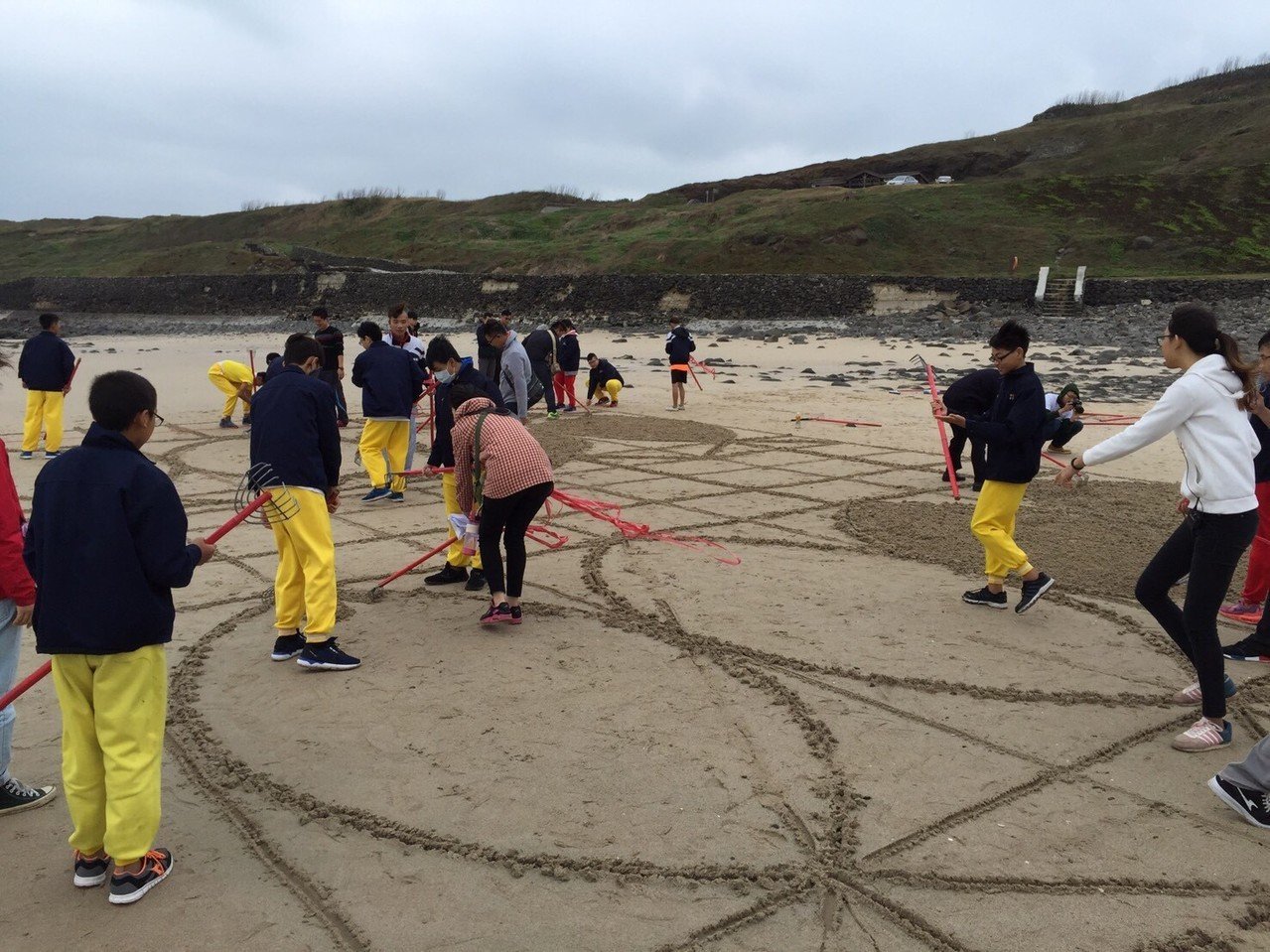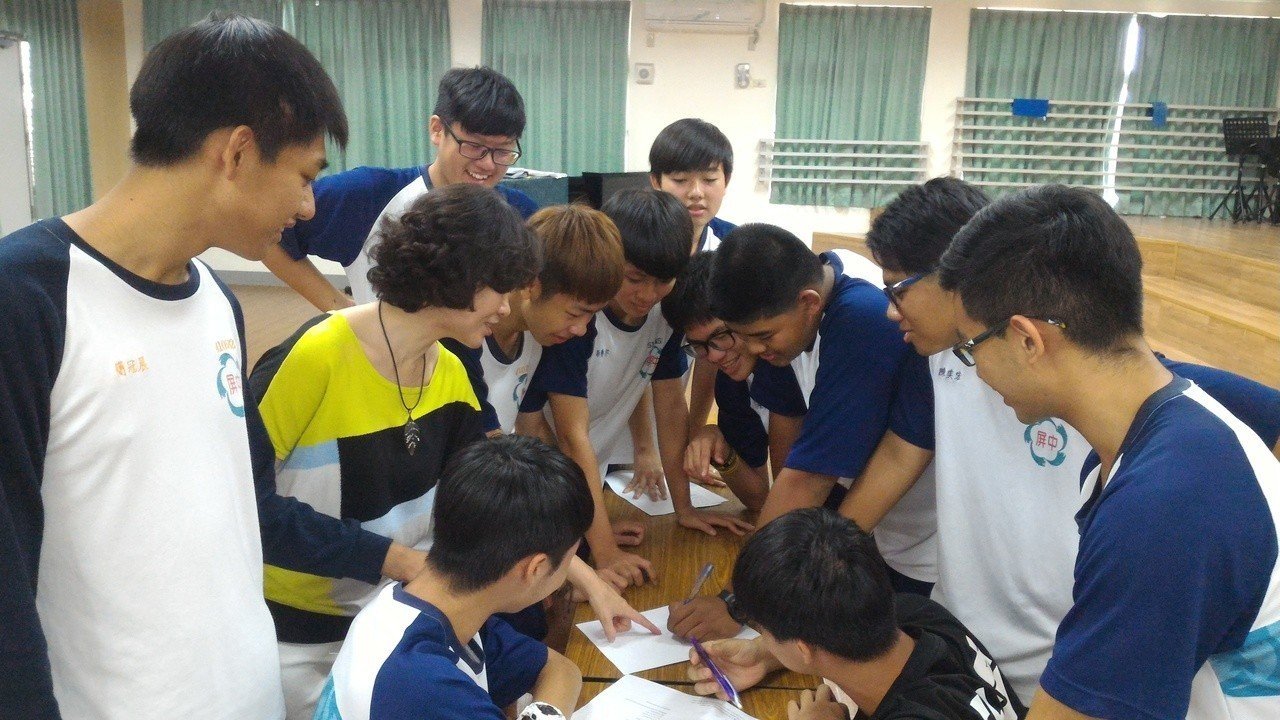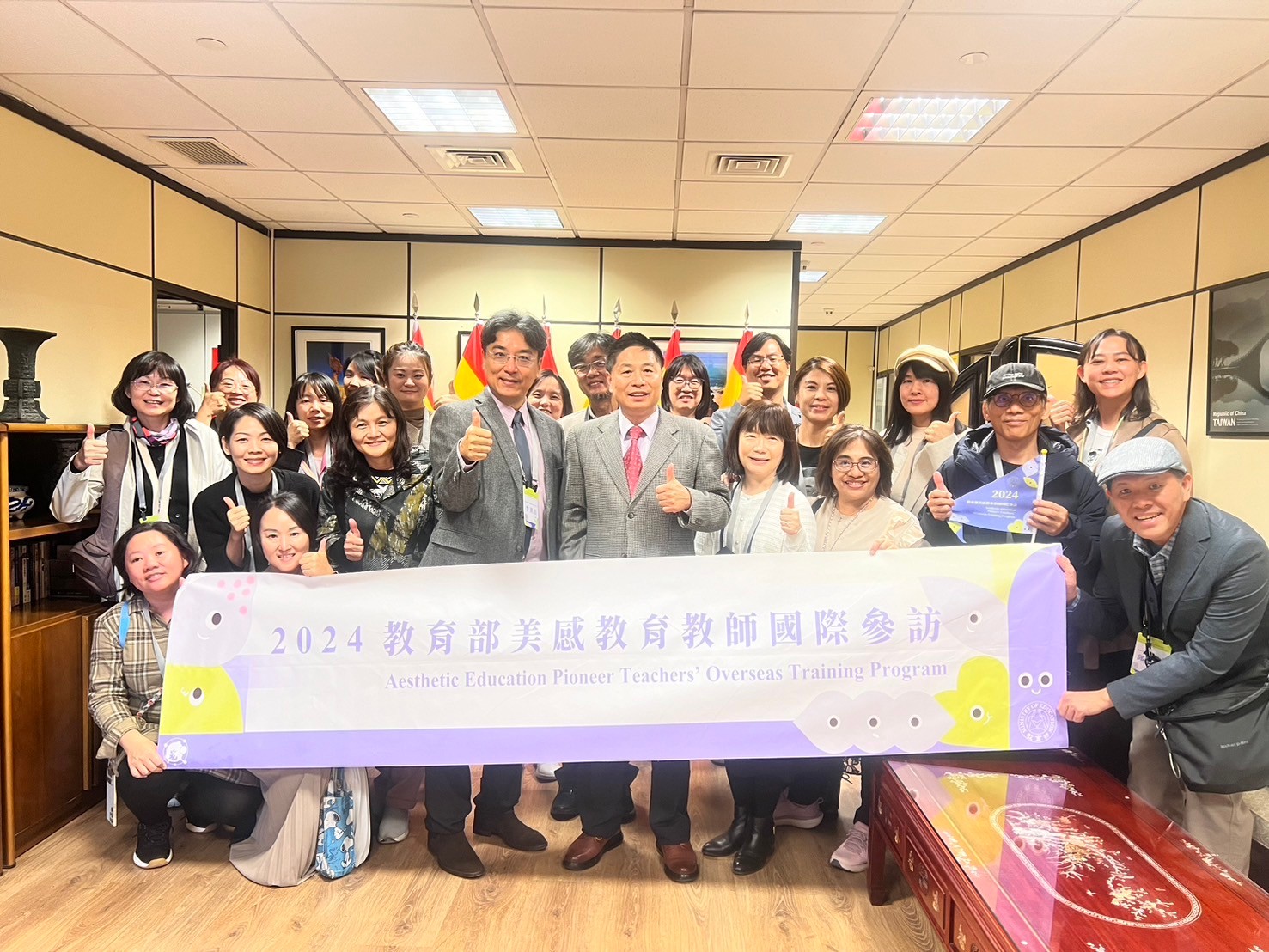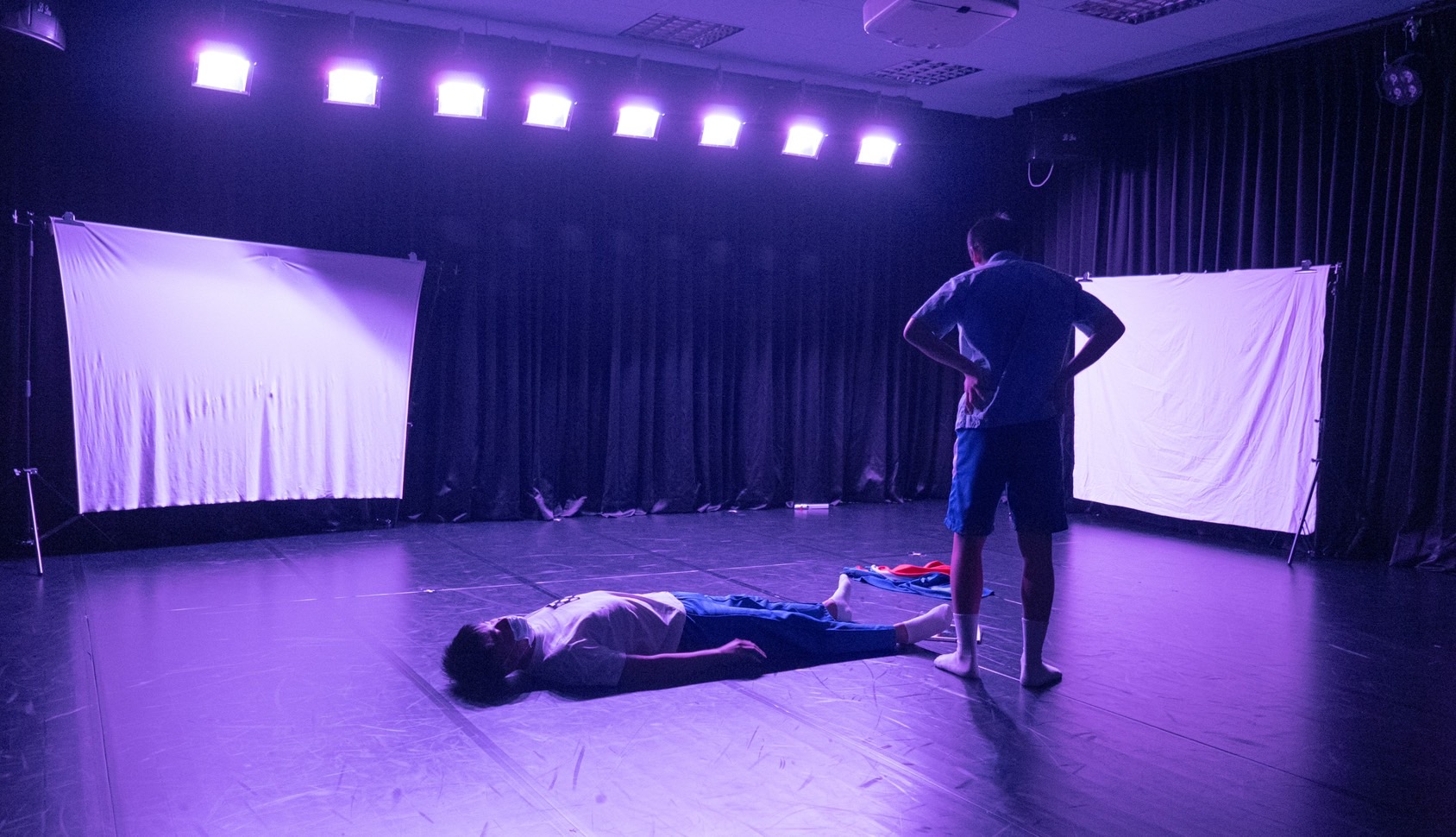
News source: United Daily News/Feng Jinghui
News link:https://udn.com/news/story/6885/3375749?from=udn-ch1_breaknews-1-0-news
Taiwan's aesthetic education has always been criticized, and scholars even claim that "fake, evil and ugly" scenes can be seen everywhere; a "cross-field aesthetic education innovation movement" led by teachers has involved more than 10,000 teachers and students in the past five years and developed more than 200 lesson plans. It will also become a "database" for the cross-field curriculum design of the 108 curriculum, and "field templates" will be published at the end of the year and sent to all primary and secondary schools, high schools and teachers' training universities in Taiwan.
It is the fifth year since the launch of the "Medium and Long-term Plan for Aesthetic Education" of the Ministry of Education. The funds for aesthetic experience, which are mainly focused on the Department of Teachers and Art Education of the Ministry of Education, have been allocated year by year from 100 million in 2013 to more than 300 million in 2017. The first phase of the plan is The project will end at the end of this year, and the second phase of the five-year plan will be announced at the end of the month, with an increase of more than 340 million yuan in 108 compared to 2077. Director of Teachers and Arts Zheng Yuanquan said that the first phase of the plan had 81 projects, and the second phase of 108 years was integrated into 16 projects. The purpose was to "focus" and pay more attention to the connection with the curriculum.
The "Interdisciplinary Aesthetic Education Experimental Curriculum Development Project for Secondary Schools and Elementary Schools" commissioned by the Ministry of Education and implemented by Taiwan Normal University has developed more than 200 cross-disciplinary aesthetic experimental courses in 177 schools.
Zhao Huiling, host of the project and dean of the School of Arts at National Taiwan Normal University, said that the subject boundaries in Taiwan's national high schools are too differentiated. This project hopes to break down subject boundaries and make art a platform that connects various disciplines and communicates and integrates with other disciplines.
Zhao Huiling said that the first two years of the project were in the experimental stage, and ten junior high schools were found. Art teachers actively sought cooperation with teachers from mathematics, physics, Chinese and other subjects to conduct cross-field experimental courses; the next three years were to expand the scale, with some Many subject teachers realize that their classrooms should have more creative possibilities, so they actively hope to participate in projects to make subject knowledge more connected with students' lives.
The 10 experimental schools in the first phase became the seed schools in the second phase. The cooperative schools in the second phase were originally only 67 national high schools and vocational schools. In November last year, the Department of Teachers and Arts of the Ministry of Education paid more attention to various types of schools after the 12 years of national education. The learning stages are connected in series, so more subsidies will be given, hoping that beauty will take root from an early age. 110 elementary schools will be recruited to join, with a total of 177 partner schools.
Zhao Huiling said that in addition to increasing the number of schools in the second phase, teachers from 15 teacher training universities have become teacher training committee members, leading teacher training students in their schools, implementing cross-field curriculum plans, and entering teaching sites to conduct collaborative teaching. Teacher training committee members also visit schools in their respective regions to provide assistance to primary and secondary school teachers.
"This is a course that requires effort and enthusiasm." Zhao Huiling said that under the long-term academic atmosphere in Taiwan, the art field is a relatively marginal subject in national high schools. After participating in the project, teachers all feel that they are more qualified. Be taken seriously. But she also admitted that teachers in the art field will inevitably encounter difficulties when cooperating with other subjects, because subject teachers are often under pressure from teaching progress and therefore have less energy to cooperate with art teachers. However, the new curriculum emphasizes the promotion of cross-field concepts, and she believes that everyone will gradually understand and get used to it.
In addition, Zhao Huiling said that if subject and art teachers want to have some time to prepare lessons together, support from the school administration is also relatively important.
Zhao Huiling believes that the cross-field aesthetic courses are "very organic" and diverse in appearance. Teachers of any two or three subjects will have different looks of the course due to different backgrounds and discussions. These more than 200 lesson plans can become a database and will be published at the end of the year and sent to all primary and secondary schools, high schools and normal universities in Taiwan.
Xia Xueliang, deputy convener of the National Education Art Curriculum Training Working Group for 2012 and director of the Performing Arts Institute of National Taiwan Normal University, pointed out that from the documentary "Seeing Taiwan" and the "fake, evil and ugly" scenes that can be observed everywhere in Taiwan, It represents the place where one lives, street signs, and even the overall landscape of Taiwan. When faced with the serious issue of "improving the aesthetic literacy of the government and the people, and enhancing Taiwan's creativity and competitiveness in aesthetics," it still remains to be seen. It is a big issue that the government, all walks of life, and the people are actively facing and working hard to solve.
"Although beauty is a feeling, the mentality and approach of aesthetic education must not be empty." Xia Xueliang said that if Taiwanese people hope that "Taiwan is truly beautiful," they can no longer allow themselves, all sectors of society, and the government to continue to adopt "emergency response," The "temporary, short-term" and "quick success" mentality cannot allow "aesthetic education" and "life aesthetics" to be reduced to words and slogans. Instead, they must be allowed to flow into the blood of Taiwanese people and the aesthetic feeling can be deeply rooted in daily life.
Xia Xueliang said that aesthetic education uses an open learning method to lead learners to perceive the world, listen to their hearts, express emotions, release emotions, conform to nature, accept changes, and explore the unknown, so that in the process of perceiving beauty, appreciating beauty, and creating beauty, Achieve the spiritual beauty of yourself and others.




